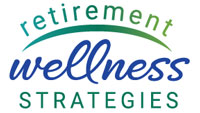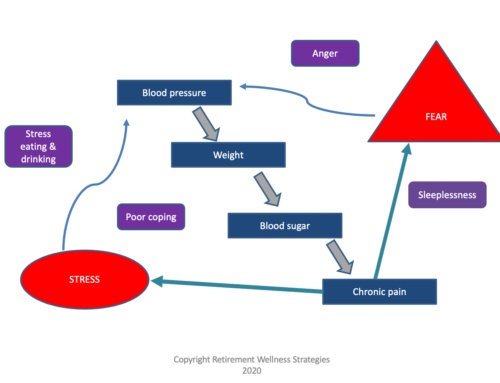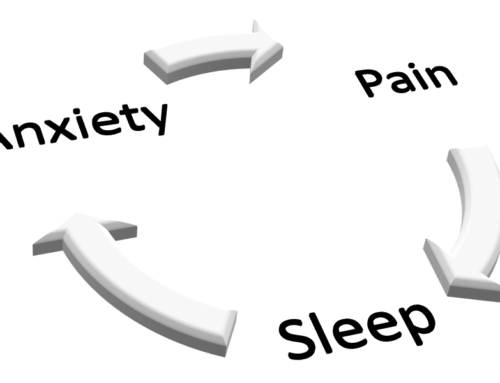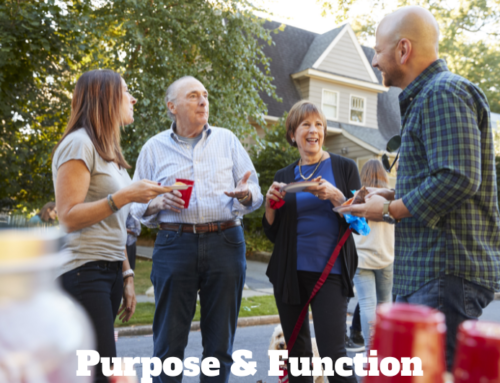
Be a super hero and save a life! Save opioid overdose deaths.
We need a hero! People are dying at alarming rates. Who is your favorite superhero? Have you ever dreamed of being a superhero? Can you picture yourself as a hero?
The need for a hero
The rate of overdose and overdose deaths is rising rapidly. It is hard to even fathom this epidemic. In particular, overdose rates with opiates are skyrocketing. Opiates are pain medications such as oxycodone, Percocet®, Oxycontin®, hydrocodone, Vicodin®, methadone, Fentanyl®, and more. An illegal opiate that is readily available is heroin. Now there are batches of heroin that are ‘cut’ with other drugs such as fentanyl and carfentanyl (used to sedate elephants). These mixtures are getting more and more dangerous.
The way these drugs are fatal are that they stop the breathing process. At low doses, for the treatment of pain, most people take prescription opiates and are fine. As the pain lessens, the use of the opiate should lesson. However, for some people the brain starts to beg for more and more. As the brain gets huge amounts of excitement through neurotransmitters such as dopamine, the rest of the body says, ‘Whoa, that is way too much!’ The body stops making its own supply of these neurotransmitters and it shuts down the receptors that move them along. So, it takes bigger and bigger doses to get the same effect. And, if someone suddenly stops taking the drug, withdrawal starts. This is a terrible feeling with nausea, vomiting, chills, agitation, anxiety, muscle aches, yawning, and more.
Not everyone who takes an opiate for their pain will ever feel this rush of excitement and have their brain demand more. One of the many problems right now, is there is no way to know who will get this rush of excitement that can lead to addiction and who won’t. People with a risk for addiction some in every age, gender, size, race, financial pattern, level of education, and geographic area.
There are many available statistics. Here are some from the Centers for Disease Control (CDC):
- In 2014, almost 2 million Americans abused or were dependent on prescription opioids.
- As many as 1 in 4 people who receive prescription opioids long term for noncancer pain in primary care settings struggles with addiction.
- Every day, over 1,000 people are treated in emergency departments for misusing prescription opioids.
How you can be a hero
To be a hero, you just need to carry and know –
- When
- Why
- How
to give Narcan® to someone who has overdosed on an opiate.
Naloxone is a medication that can block the receptors to opiates. When given, it puts the person is immediate withdrawal. If someone has overdosed and is either sound asleep and can’t be woken or has stopped breathing, naloxone can block those receptors and wake them up. If the overdose very recently occurred, it can help breathing start again. Naloxone can save the life of someone who has overdosed!
Outside of a healthcare setting, there are two products regular people are likely to use to save a life.
If you suspect an overdose, try to wake the person. When they don’t respond to shaking and talking to them, try rubbing their breastbone with your knuckles. If no response, TREAT!
- Narcan® is a nasal spray
- Put index and middle finger on either side of the nozzle
- Put the nozzle in the nose
- Push the plunger
- Evzio® is an injection that goes into the thigh
- The device tell you what to do
- Remove the red cap
- Put the device against the thigh
- Push the button
- Hold until the 5 second countdown is complete
The sudden withdrawal from the medication might cause the person to vomit or two be very surprised and angry. It does not feel good to be in sudden withdrawal.
It DOES feel good to be alive!
Call 911 to continue the person’s care and to help them into rehabilitation.
Note, depending on the opiate dose that was taken, after 2-3 minutes the person might need another dose if they go back to sleep. This is SUCH a brief description. Call us to talk about this in more detail at 410-472-5078, or e-mail me at michelle@medsmash.com, or contact us at www.medsmash.com/contact.
For further application, check out my personal blog.





